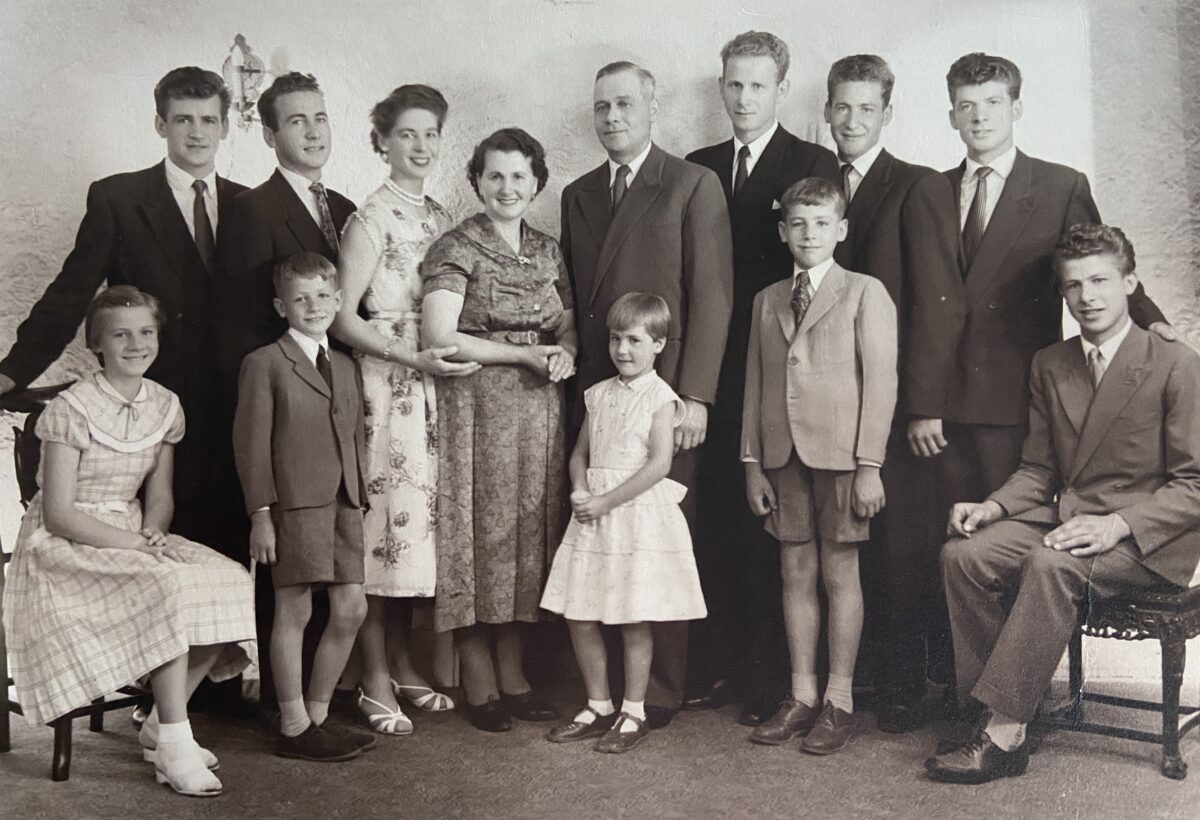This is the first of two blogs that give glimpses into the lives of Duilio and Nives nee Cescato Caon over nine decades. Their experience contributes to the bigger context of Veneto migrant history in Adelaide. This blog focuses on Duilio’s life and the next one distils Nives’ experience.
The image above shows the Caon family
who were reunited in Adelaide in 1955.
Duilio stands beside his father, third from the right.
In 11 days time, it will be 76 years since Duilio Caon and his brother Galdino arrived in Adelaide. Duilio, who was 20 years old and Galdino, three years younger, went against their parents’ wishes and contacted their uncle Giacinto Caon and made arrangements to travel to Australia. Their uncle met them when they disembarked in Melbourne on 28th November 1948.
A family attraction to Australia
Giacinto Caon initiated the family tradition of migration to Australia.
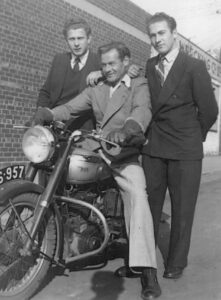
He had arrived in 1926 and went back to Italy in 1933 to marry Giuseppina Campagnaro. The couple returned to Adelaide in 1934 and lived in Franklin Street where they had a butcher shop. A second uncle, Angelo, migrated in 1937.
Duilio’s father did not want his sons to come to Australia because he had had a bad experience of life in Adelaide. He had migrated in February 1928, sponsored by his brother, Giacinto. Because of the Depression, employment was difficult to find and the only work he could find was clearing land 400 kms north west of Adelaide at Iron Knob. The conditions must have been difficult to endure and like many migrants at that difficult economic time, he returned to his own country. In 1930 he met his 2 year-old son, Duilio, for the first time.
Duilio – the eldest in the Caon family
Duilio was born at Ramon di Loria in May 1928, the first of 12 children born to Maddalena Luigia Sabbadin and Leandro Caon. His father had left for Australia several months before Duilio’s birth – in the hope of finding opportunities to make money for the future of his wife and family.
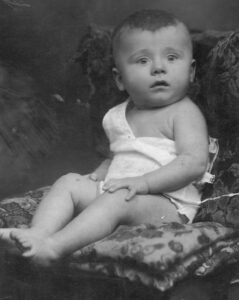
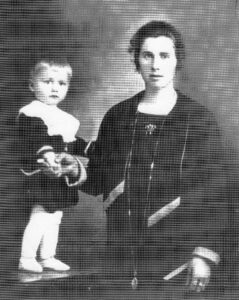
Life in Ramon di Loria
Duilio remembers the poverty in Ramon as he was growing up. His parents leased land and lived in a large farmhouse with two other Caon families and there were 25 people to feed. There were few facilities in the house and family members walked half a kilometre to get water from a well.

Duilio attended school for five years until he was 12 years old and then worked with his father and two uncles on the farm that had crops such as wheat and corn. The equivalent of about ten blocks of land in Australia, the property was rented at first, then the brothers were able to buy it.
The war years
In 1944 when he was 16 years old, Duilio was taken by German soldiers with other young boys to San Donà di Piave, a town on the River Piave about 70 kilometres from Ramon di Loria. They were removed from their families and loaded onto carriages used to transport animals and when they arrived, they found that their job was to dig trenches to protect the German Army from bombardments. In 1945, when the Americans made progress and the Germans retreated, Duilio ran away and joined the partisans. He remembers being able to take a gun, a horse and a bike from the German Army.
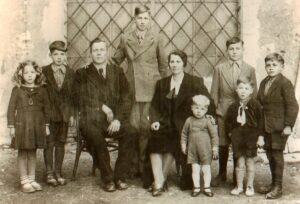
He eventually returned home to Ramon and found ways to earn money and one initiative was to sell the skins of rats which were sold for making gloves. The consequences of the war were felt deeply in areas like Loria where food was scarce and people were existing on very little.
The dream grows
Duilio remembered those years as a “desperate” time. He kept his goal in mind, could see no future in Italy and the urge to migrate to Australia grew stronger.
Dulio was fixed on his dream of living in Australia even when his parents encouraged him to think about going to Uruguay where they had relatives. He was independent and wrote to his uncle in Adelaide who lent his nephew the fares. (It took Duilio and Galdino a year to pay back the money .)
The voyage
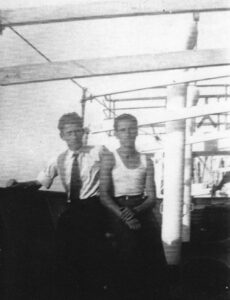
When he left, Duilio remembered that his mother was very sad. His father took him and Galdino to Castelfranco Veneto to catch the train to the port of Genova. The voyage on the ‘Toscana’ took 42 days and Duilio recalled that this was one of the best times in his life – a young man suspended between the difficult life in Ramon and the dream of living in Australia. On the ship there was plentiful food and large numbers of young people who were also looking for a better future.
The dream is realised
The dream became a reality – and Duilio and Galdino settled in Adelaide assisted by their uncles, Giacinto and Angelo. Duilio had very positive first impressions and perhaps the biggest impact was that he could eat three meals a day. He stayed in Franklin Street in the west end of the City with his aunt and uncle. His aunt ran a boarding house where he lived for two years.
Settling in Adelaide
Albert Del Fabbro, an Italian from Friuli had arrived in Australia in 1915 and by the time Duilio and Galdino arrived in 1948, he owned a successful mosaic and terrazzo business and over the years had employed many young Italian men. Duilio worked for Albert for about four years. See entry in the Australian Dictionary of Biography – Biography – Umberto Primo (Albert) Del Fabbro – Australian Dictionary of Biography)

Duilio worked hard as his son, David explained at Dulio’s 70th birthday –
When Dad first arrived, he worked very hard as a concrete and terrazzo worker, six days a week because he was determined to make good.
Sometimes it was necessary to work seven days.
Duilio attended night school in Grote Street in the City and learned English.
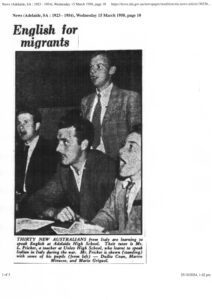
Extending the dream
The two brothers sent money back to their family in Italy who continued to experience the misery of poverty. Two more children were born after they left for Adelaide. In late 1951, Duilio sponsored another 2 brothers, Terzo and Luigi, to migrate to Australia. Duilio realised that his dream of settling in Australia could extend to his whole family and he promised his parents that he could find a home and a job for everyone if they migrated. Duilio’s father sold his share of the land in Loria to pay for the passage for the rest of the family to migrate to Australia. In 1955, his parents and six siblings, Prima, Sisto, Bruno, Graziano, Pio and Margherita arrived in Adelaide. His parents were in their early 50s when they arrived.
Duilio’s father worked at Holden’s Woodville and Duilio spent a day showing his father what to do on the production line. Two brothers became carpenters, two others worked in the building industry as a bricklayer and with concrete and Luigi worked with Duilio. The family lived in a house that Galdino, Terzo and Luigi had bought at Maylands and the block was large enough to subdivide which enabled Duilio to build a new house for his parents later on.
Meeting Nives and building a business
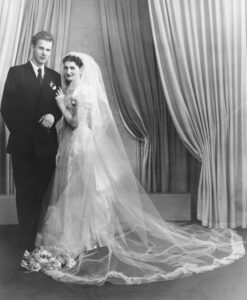
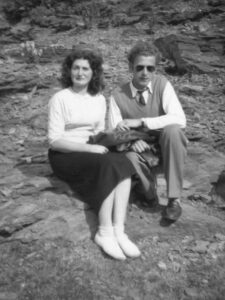
In 1948 through his uncle Giacinto who was a friend to Clorinda and Angelo Cescato Duilio met their daughter, Nives, who was 16 years old. Nives and Duilio became friends and three years later they married in January 1952.
In 1953, Duilio decided to try and work for himself and with Nives, took the first steps placing advertisements in newspapers. Duilio began taking on jobs in the cement paving and terrazzo industry. The dream of owning a business began with Duilio and Nives making cement bricks on the vacant block next door. The bricks were for the first house that Duilio built in Adelaide. Over the years, the business, Danny Caon Pty Ltd became well known – Duilio managing all the physical work and Nives was responsible for the office and administrative work and later, for the internal features of the houses.
Their son David summarised their partnership:

… In 1968 Dad moved from building only a couple of houses a year to full-time building. He had found his calling and his future. He loved his work and worked tirelessly. He worked out in the building field on the job while Mum did the books and chose internal fittings … they worked well as a team … They did well and built houses all over the metropolitan area.
Danny Caon Pty Ltd won awards including Home of the Year Award in 1982 and was recognised for its quality work.
The potential of a dream
A young man’s dream of having a better future, his sense of independence and confidence in his own resources all combined for Duilio to embark on a journey to leave his family in Ramon after the second World War and begin life in Australia. His dream created the possibility for his parents and brothers and sisters to migrate and enjoy the opportunities of employment, schooling and the more comfortable life possible in Adelaide after the war.
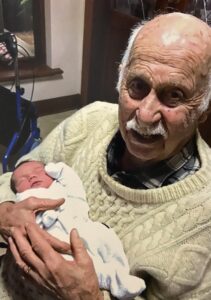
Duilio and Nives raised their family and built a successful business partnership, enjoyed travel and made many trips to Italy. They take opportunities now to reflect on their long and productive lives. Their three children, six grandchildren and now, their first great grandchild, Olearia, who was born in June 2024, bring them great joy.
Madeleine Regan, Duilio and Nives Caon
17 November 2024
All photos supplied by Duilio and Nives.
